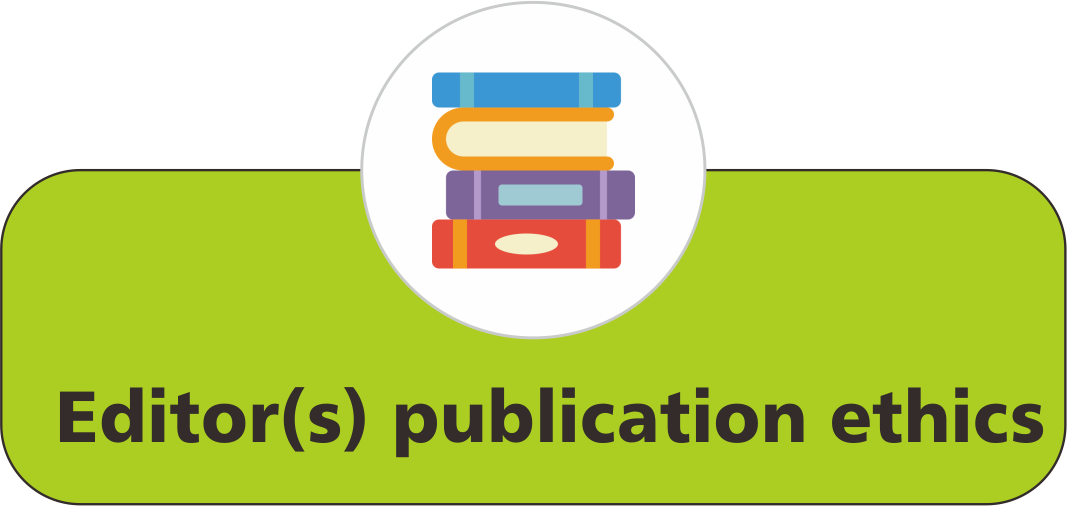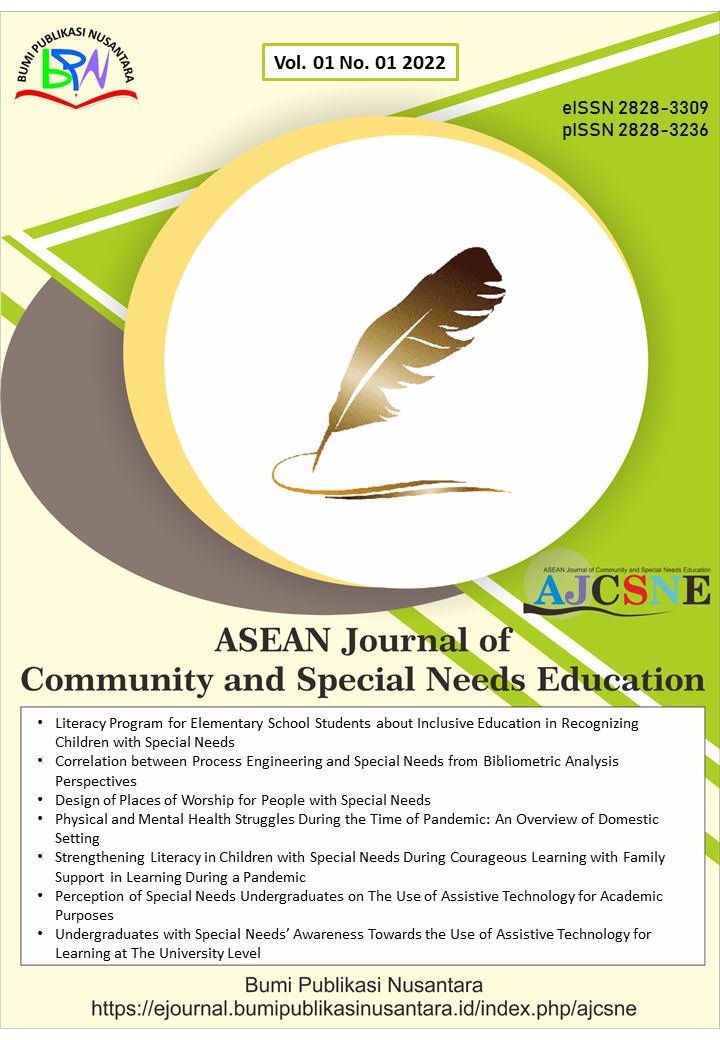Anticipation and Understanding of Events and Mental Stresses as The Effect of Changes and Transformations in Human and Social Life: An Education Perspective
 ), M. R. Arpentieva(2), G, K. Kassymova(3),
), M. R. Arpentieva(2), G, K. Kassymova(3),
(1) Universiti Teknologi Malaysia; University College of Islam Melaka
(2) Tsiolkovskiy Kaluga State University
(3) Abai Kazakh National Pedagogical University
 Corresponding Author
Corresponding Author
Abstract
Keywords
References
Bakurova, O. N. (2015). Chuvstvitel’nost’k probleme: psikhologicheskie podkhody k opredeleniiu i izucheniiu. Vestnik Kaluzhskogo Universiteta, 3, 28.
Cronon, W. (1992). A place for stories: Nature, history, and narrative. The Journal of American History, 78(4), 1347-1376.
Dieterly, D. L., and Schneider, B. (1974). The effect of organizational environment on perceived power and climate: A laboratory study. Organizational Behavior and Human Performance, 11(3), 316-337.
Harris, S. D., and Zeisler, S. (2002). Weak signals: Detecting the next big thing. The Futurist, 36(6), 21.
Hartley, J., and Benington, J. (2006). Copy and paste, or graft and transplant? Knowledge sharing through inter-organizational networks. Public Money and Management, 26(2), 101-108.
Hilborn, R. C. (2004). Sea gulls, butterflies, and grasshoppers: A brief history of the butterfly effect in nonlinear dynamics. American Journal of Physics, 72(4), 425-427.
Khlebnikova, S. A. (2013). Ispol'zovaniye arkhetipov K.-G. Yunga v tselyakh pozitsionirovaniya territorial'nykh brendov [= Use of archetypes K.-G. Jung for the purpose of positioning territorial brands]. Fundamental'nyye issledovaniya [= Fundamental research], 10(1), 184-187.
Meleis, A. I., Sawyer, L. M., Im, E. O., Messias, D. K. H., and Schumacher, K. (2000). Experiencing transitions: an emerging middle-range theory. Advances in Nursing Science, 23(1), 12-28.
Nicolaides, A. (2015). Generative learning: Adults learning within ambiguity. Adult Education Quarterly, 65(3), 179-195.
Nijhout, H. F. (1990). Problems and paradigms: Metaphors and the role of genes in development. BioEssays, 12(9), 441-446.
Pekar, V. (2010). Raznotsvetnye miry [Colorful Worlds]. Upravlenie personalom in Ukraina [Personnel Management - Ukraine], 10(204), 56 -67.
Rickwood, D., Deane, F. P., Wilson, C. J., and Ciarrochi, J. (2005). Young people’s help-seeking for mental health problems. Australian e-journal for the Advancement of Mental health, 4(3), 218-251.
Van Ray, V. (2012). Zarozhdayushchiesya tendentsii i “dzhokery” kak instrumenty formirovaniya i izmeneniya budushchego.” [“Emerging trends and “jokers” as tools for shaping and changing the future”]. Foresight-Russia, 6(1), 60-73.
Article Metrics
Abstract View : 1406 times
: 1406 times Download : 866 times
Download : 866 times
Refbacks
- There are currently no refbacks.
Copyright (c) 2022 Bumi Publikasi Nusantara

This work is licensed under a Creative Commons Attribution-ShareAlike 4.0 International License.







